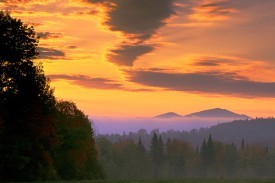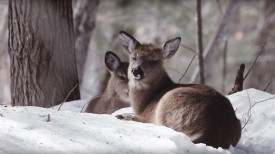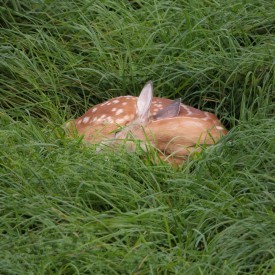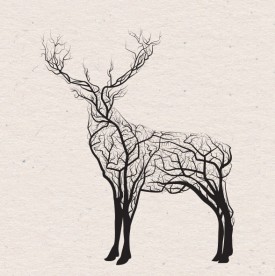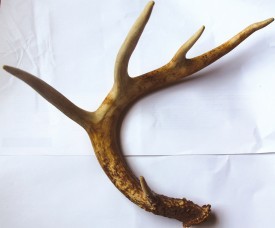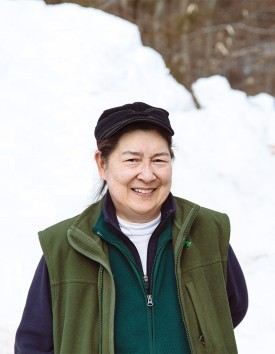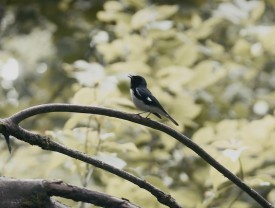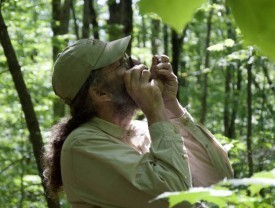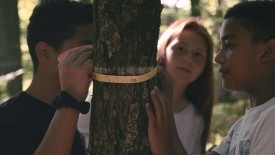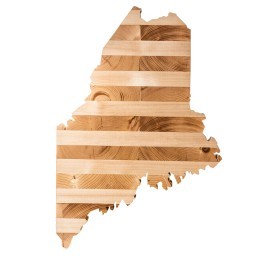Twenty years ago, an unprecedented land deal rocked northern New York and New England. The model of shared ownership that emerged changed the way land is conserved in the Northeast. Journalist…
The Resilient Forest
The Resilient Forest Series combines articles, films, and audio stories to explore the relationships and traditions that have helped keep northeastern forests intact. This series also considers how both human and natural communities are adapting to change.
We hope you enjoy these works, and share them with others who care about the future of forests in our region.
Part 1: Heritage Land
When Champion International sold off its industrial timberland in northern Vermont two decades ago, the state of Vermont became a key piece in the mosaic of new owners and land managers.…
Part 1: Logging by Hand
One of the significant changes in the culture and economy of the northern forest has been the transition from small-scale logging to mechanized logging. Talking with a handful of…
Part 2: Deer on the Northern Edge
White-tailed deer populations are high across much of the Northeast, so much that deer negatively impact forest health in many areas. In parts of northern Maine, however, wildlife managers…
Part 2: Deer Camp - A Photo Essay
Every fall, members of the Sleicher family return to their Adirondack deer camp in search of something elusive. Like so many parts of rural culture, the ritual is timeless – and tenuous.…
Part 2: How Many Deer is Too Many?
How many deer is too many deer? And how will today's white-tailed deer population impact tomorrow's forests? Audio producer Erica Heilman approaches the subject from different angles,…
Part 2: A Deer Story, Retold
Featuring: Emery Allen. Comprising his famous hunt at the four corners; the doe who was followed by a buck; restraint in the name of future generations; his triumphal shot with a .243.…
Part 2: A Close Look at an Antler
A buck grows a new set of antlers every year. The antlers begin growing in mid-March or early April – as they grow they’re covered in velvet and sensitive to touch. In early…
Part 3: Getting the Woods Right
For 87 years, the Bartlett Experimental Forest has been a proving ground for almost every forestry treatment ever plausibly proposed for managing northern hardwoods. Vetting and spreading the…
Part 3: The Birds of Hubbard Brook
Scientists have been studying birds continuously at the Hubbard Brook Experimental Forest since 1969, compiling one of the most detailed studies of neotropical migratory birds in North…
Part 3: The Wired Woods
Harvard Forest in Petersham, Massachusetts, is one of the most storied experimental forests in the Northeast. Founded in 1907, it’s the home to decades-old forest ecology research…
Part 4: Our Changing Forest Program
Killingly Intermediate School in Dayville, Connecticut, has participated in Harvard Forest’s Our Changing Forest program since 2018. Seventh-graders take measurements and make…
Part 4: Against the Grain
Cross-laminated timber (CLT) is gaining new appreciation across North America. A glimpse of a possible future – as seen through panels of spruce and fir. Here in the Northern Forest, we…
Part 4: Future of the Forest
“Logging and fishing are still a big deal in Grand Lake Stream and we protect it as much as we can.” With these words, Kenny Sprague introduces this story of an unlikely coalition…


